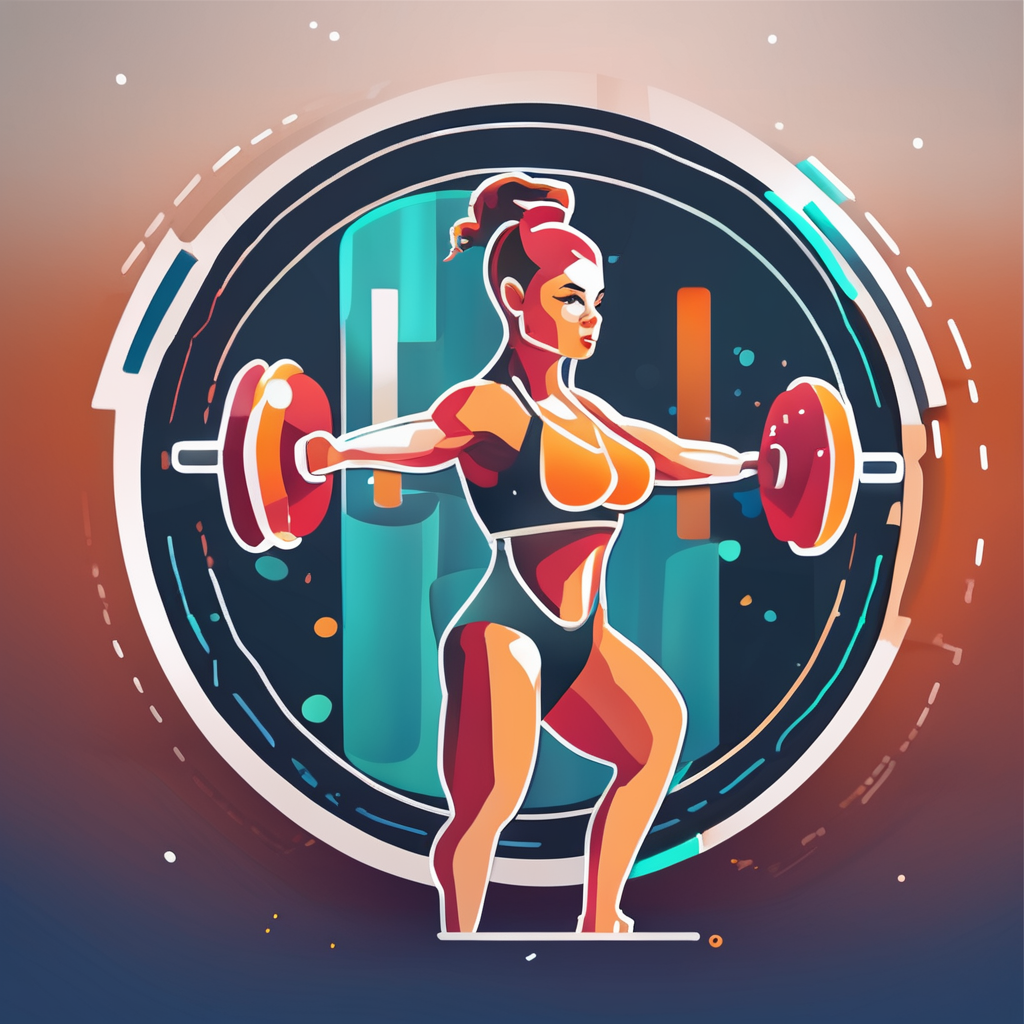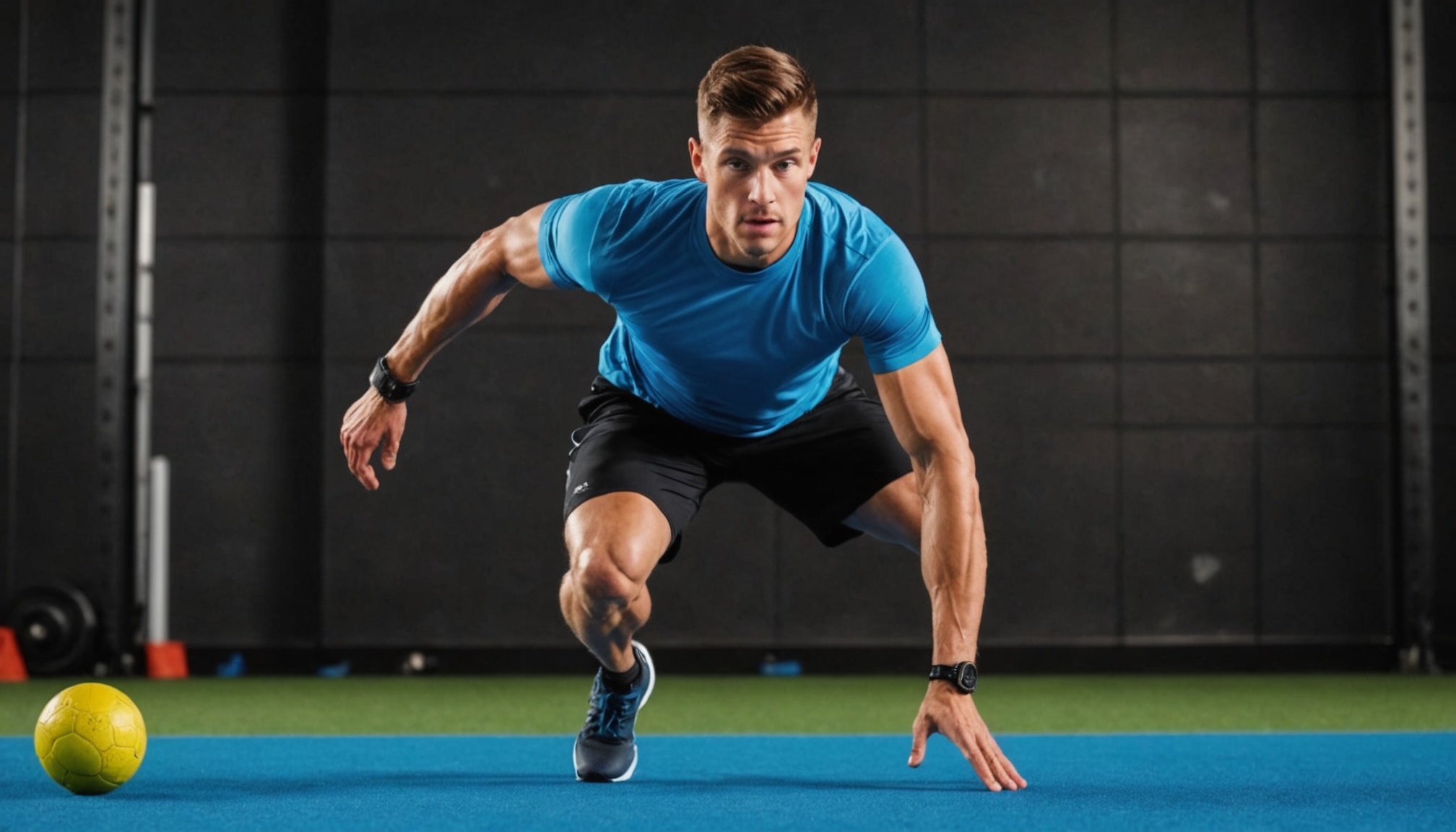In today’s fast-paced world of fitness and sports, agility and coordination are essential skills that can significantly enhance your performance. Whether you are an athlete, a fitness enthusiast, or someone looking to stay active, improving these skills can lead to better speed, increased jump height, and more controlled movements. This article explores various training exercises, drills, and techniques designed to help you refine your agility and coordination. You will discover how specific ladder drills, plyometric workouts, and other targeted exercises can make a notable difference in your overall fitness and athletic ability.
Understanding Agility and Coordination
To embark on your journey of improvement, it is crucial to first understand the concepts of agility and coordination. Agility refers to the ability to move quickly and change direction with ease, while coordination involves the smooth and efficient execution of movements. Together, these skills are vital for various physical activities, from sports to everyday tasks.
Also read : What should you consider when choosing the right running shoes for your feet?
When you engage in activities that require rapid changes in direction, such as basketball or soccer, your agility is put to the test. Similarly, tasks that demand precise timing and movement, like dancing or gymnastic routines, rely heavily on your coordination.
Improving these two aspects not only enhances your athletic performance but also contributes to better balance and stability, reducing the risk of injuries. Focusing on specific drills can help sharpen your responsiveness and control, making your movements more efficient and effective.
Additional reading : How can understanding your body type help tailor your workout for optimal results?
To enhance your agility and coordination, incorporating a structured routine of exercises is advisable. These should include various training drills that target both skills in tandem, allowing for a comprehensive approach to your physical development.
Essential Agility Ladder Drills
One of the most effective tools for improving agility is the agility ladder. This simple piece of equipment can transform your training regimen. The ladder allows you to perform a variety of drills that specifically target footwork, speed, and coordination.
Begin with basic ladders, such as the two-foot in, two-foot out drill. Position the ladder on the ground and step into the first square with both feet before quickly moving to the next. Focus on light, quick movements and maintaining an upright posture. As you become more comfortable, progress to more complex patterns, incorporating lateral movements and backward steps.
Another effective exercise is the single-leg hop. This drill requires you to hop through each square of the ladder on one leg, emphasizing balance and coordination. It challenges your leg strength and stability, making it a valuable addition to your routine.
Incorporating these agility ladder drills into your training can lead to significant improvements. They not only work on your foot speed but also enhance your overall body awareness and control. Regular practice can lead to faster reflexes and improved performance in various sports and activities.
Plyometric Exercises for Explosive Agility
Plyometric training is another excellent method to boost your agility and overall athletic performance. These explosive movements require your muscles to exert maximal force in short intervals, which can dramatically improve your speed and coordination.
Start with basic plyometric exercises like box jumps. Find a sturdy platform, ideally knee-height, and jump onto it from a standing position, focusing on landing softly. This exercise not only strengthens your legs but also enhances your ability to change direction quickly.
Another effective exercise is the lateral bounds. This drill involves jumping side to side, landing on one foot, and immediately jumping back to the other side. Lateral bounds effectively train your body to move swiftly in multiple directions, improving your agility and balance.
Incorporate jump squats into your routine as well. From a standing position, lower into a squat and then explode upward, reaching for maximum height. This exercise engages your leg muscles while promoting coordination and control during your landing.
By integrating plyometric exercises into your training, you’ll not only see improvements in your agility but also enhance your power and explosiveness. Consistency is key; regular practice will yield the best results.
Dynamic Drills for Speed and Coordination
Dynamic drills are another vital component of any agility and coordination training program. These exercises require continuous movement, combining elements of speed and coordination to prepare your body for various athletic demands.
Start with the high knees drill. This exercise involves running in place while bringing your knees up to waist height. It’s an excellent way to improve your foot speed and cardiovascular endurance. Remember to keep your arms pumping to maintain momentum.
Another valuable drill is the karaoke step. This lateral movement drill involves crossing one foot in front of the other while moving sideways. This drill not only enhances your agility but also works on your coordination as you navigate the side-to-side motion.
Additionally, you might want to include the shuttle run in your training program. Set two cones about 10-20 yards apart. Sprint to one cone, touch the ground, and sprint back to the starting point. This exercise mimics the quick changes of direction often experienced in sports, making it an essential component for improving your agility.
Dynamic drills like these not only boost your speed and coordination but also enhance your overall fitness level. They challenge your cardiovascular system, build leg strength, and develop the quick reflexes necessary for athletic performance.
Incorporating Agility Training into Your Routine
To maximize the benefits of agility training, it is crucial to incorporate these exercises into a well-rounded fitness routine. Aim to dedicate specific sessions throughout the week to focus on agility and coordination.
Begin with a warm-up that includes light aerobic activity, such as jogging or jumping jacks, to prepare your muscles. Following your warm-up, engage in a variety of the drills mentioned throughout this article. Designate time for agility ladder drills, plyometric exercises, and dynamic movements. Mixing these activities will keep your workouts engaging and effective.
Consider your individual fitness level and gradually increase the intensity and complexity of each exercise. This progressive approach ensures continuous improvement and prevents plateauing. For example, if you master basic ladder drills, incorporate more challenging patterns or increase the speed at which you perform them.
Additionally, consider integrating agility training into your existing workout regimen. For instance, if you are training for a sport, include agility drills in your warm-up or cooldown routine. This integration will enhance your on-field performance and ensure you reap the benefits of agility training consistently.
Ultimately, making agility and coordination a priority in your training will lead to improved performance in your chosen activities and a healthier, more active lifestyle.
Improving your agility and coordination through specific exercises is achievable with dedication and the right approach. By incorporating ladder drills, plyometric exercises, and dynamic movements into your training routine, you can enhance your speed, control, and overall athletic performance. Remember to start slowly and progressively increase the challenge of each drill. With commitment to your training, you will see improvements not only in your physical capabilities but also in your enjoyment of various sports and activities. Let agility and coordination training be a cornerstone of your fitness journey, bringing you one step closer to achieving your personal goals.











